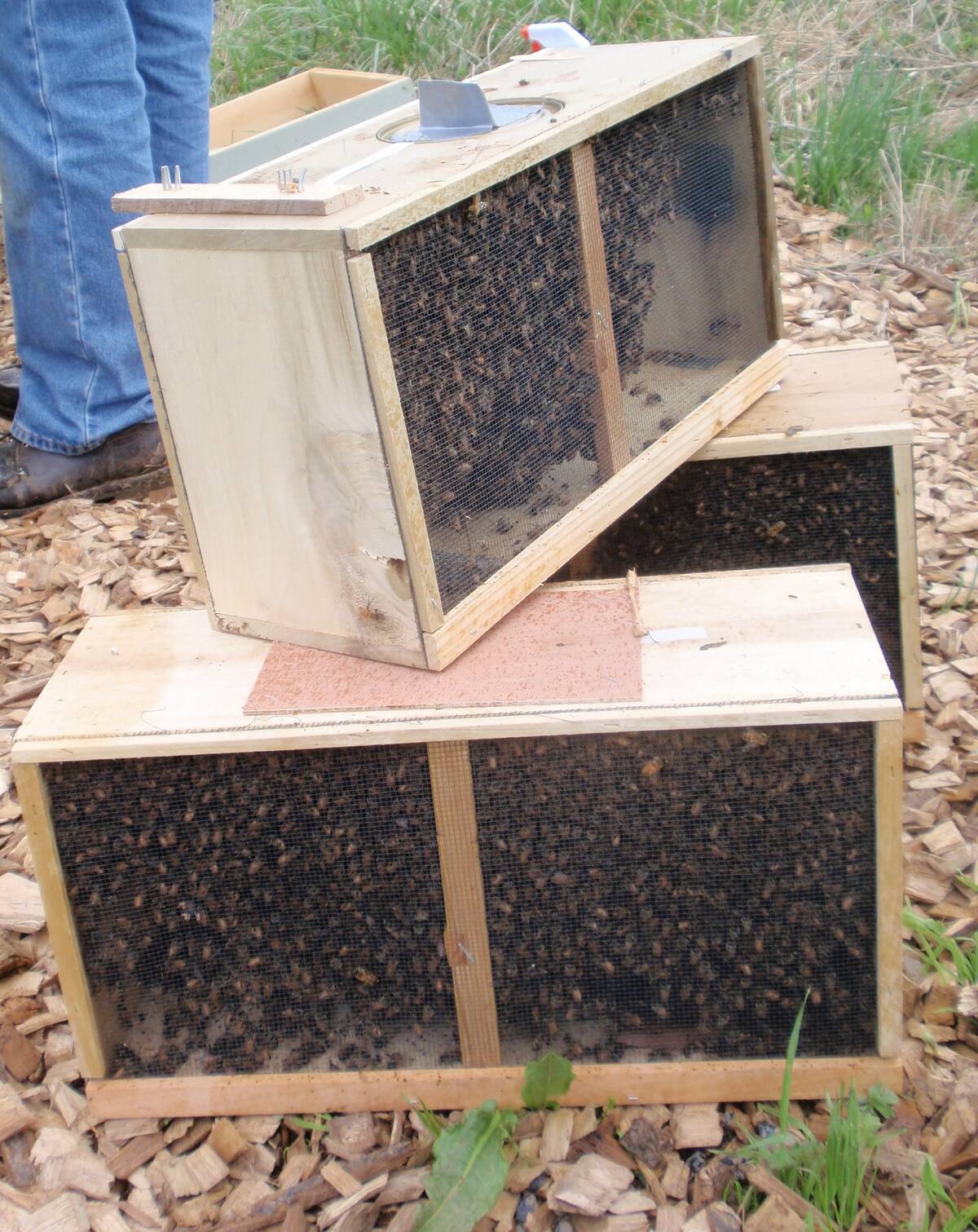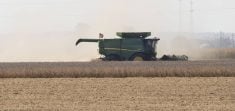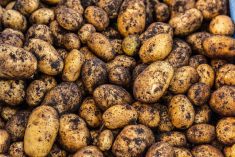Archer Daniels Midland Co. is “very concerned” about the potential for low U.S. soybean supplies due to a shift toward corn plantings, said Craig Huss, chief risk officer.
Farmers are expected to increase corn plantings to a 75-year high this spring to take advantage of high prices, and to plant fewer acres of soybeans than last year, according to U.S. government estimates.
“We’re very concerned about it,” Huss said on a conference call with analysts in response to a question about the impact large corn plantings will have on soy supplies.
Read Also

Canadian beekeepers call for regulatory accountability
Beekeepers say the Canadian Food Inspection Agency should restore packaged U.S. bee shipments, claiming the agency isn’t following evidence.
Later in the call, which followed ADM’s third-quarter earnings announcement, he added that it will be “difficult to buy beans going forward.”
Decatur, Illinois-based ADM, one of the world’s largest grain traders and processors, is one of four large players that dominate business in agricultural markets. The others are Bunge Ltd., Cargill Inc. and Louis Dreyfus.
Soybeans are in the spotlight as futures prices have climbed to their highest price in nearly four years on worries about tightening global supplies.
South America’s soybean harvest has suffered due to a drought, increasing demand for U.S. soybeans.
The rally in prices has likely convinced some U.S. farmers to plant acres with soybeans that they had previously intended to plant with corn, Huss said on the call. That would benefit soy supplies.
Farmers also may plant more acres than usual of so-called “double crop” soybeans, which are planted after winter wheat is harvested in the late spring, Huss said.
“We could see another potentially million acres of beans come back to us there,” he said.














